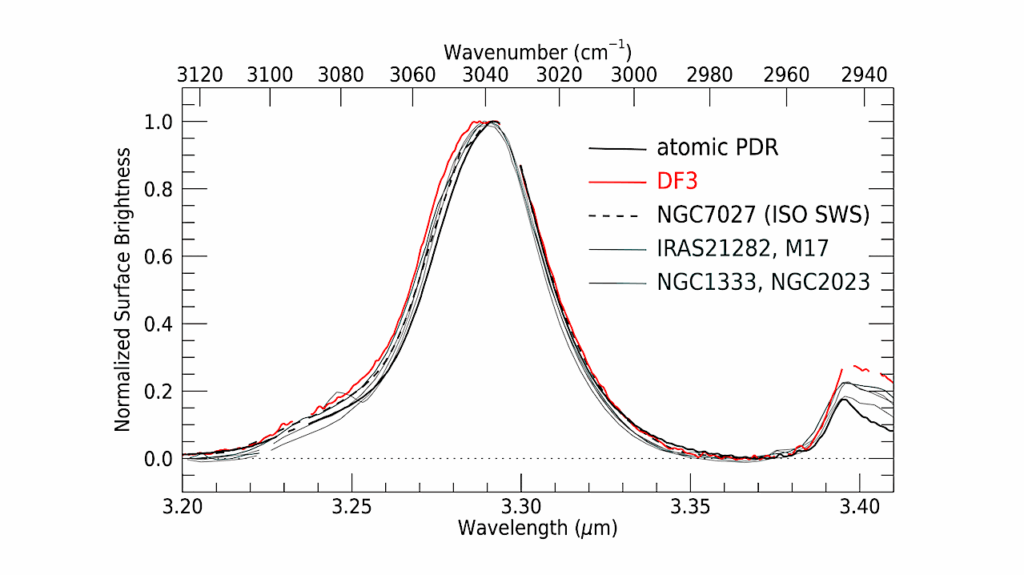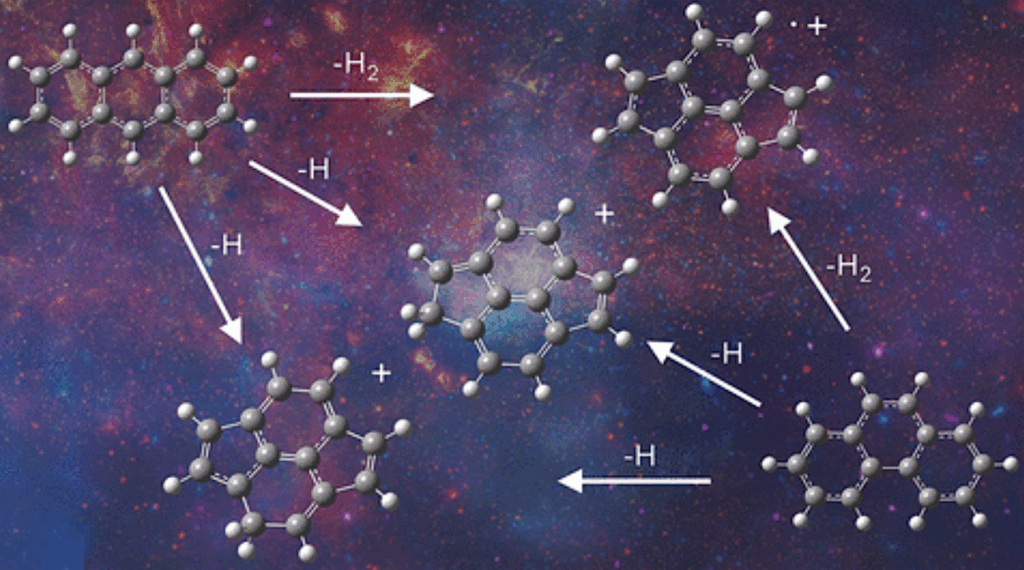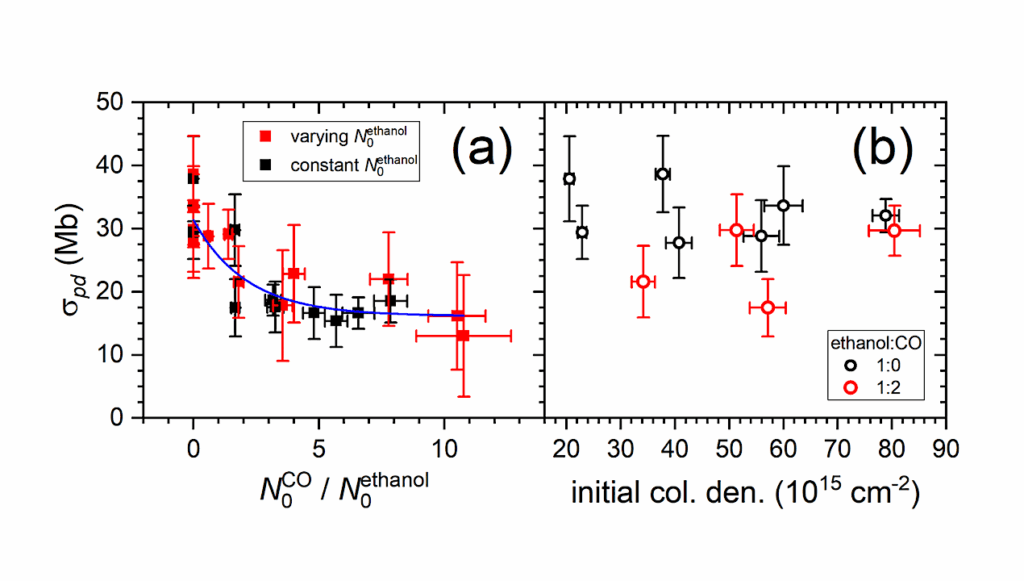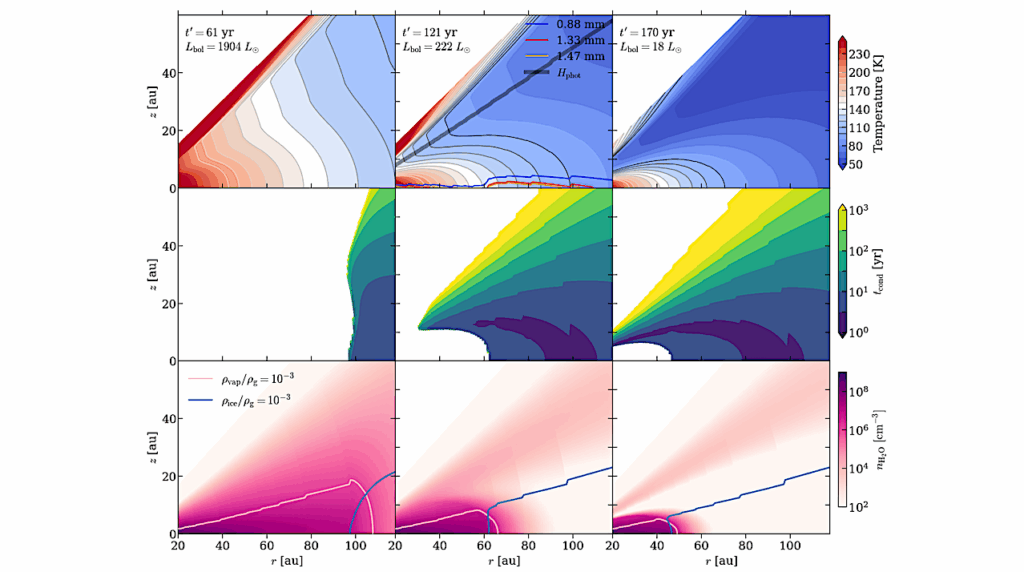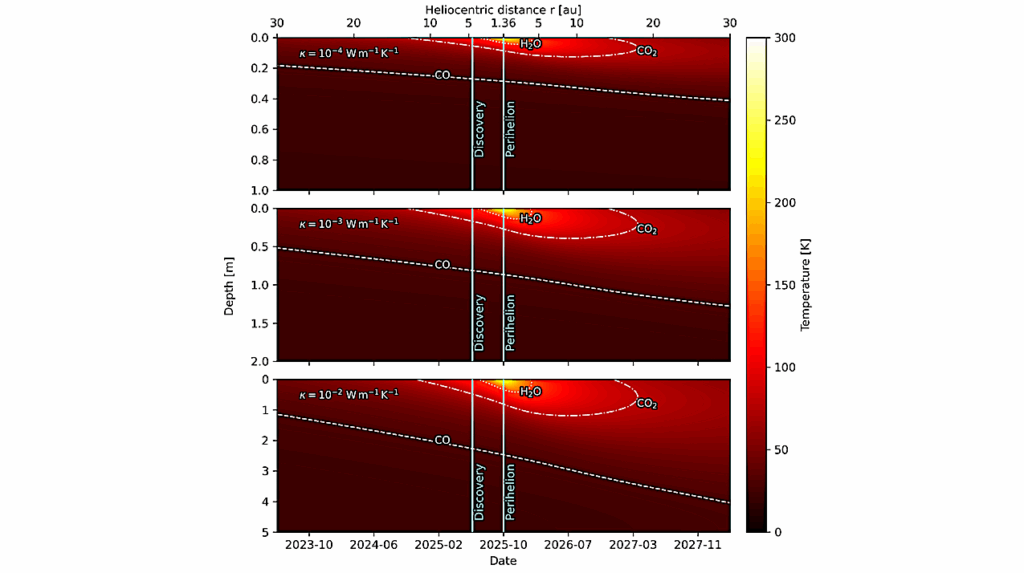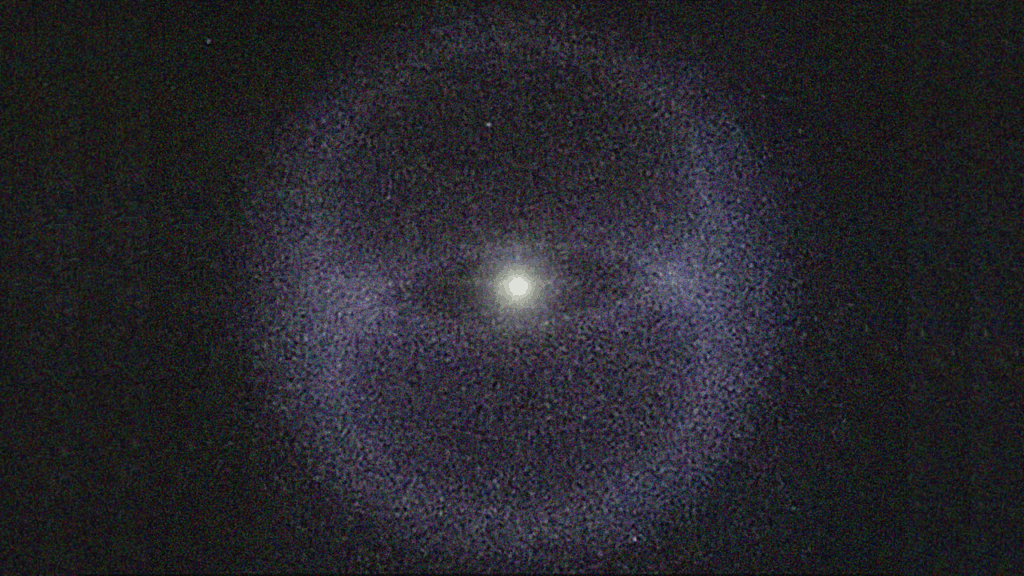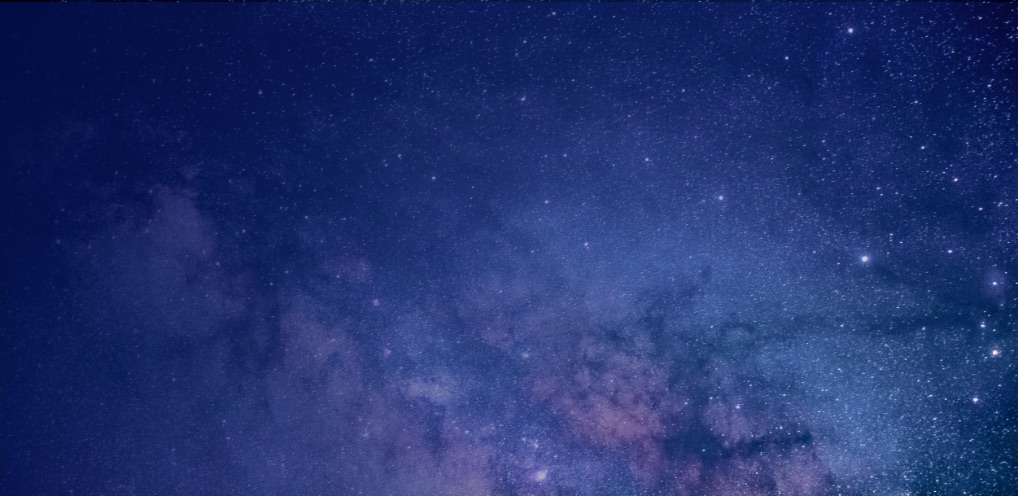HD 163296 And Its Giant Planets: Creation Of Exo-comets, Interstellar Objects And Transport Of Volatile Material
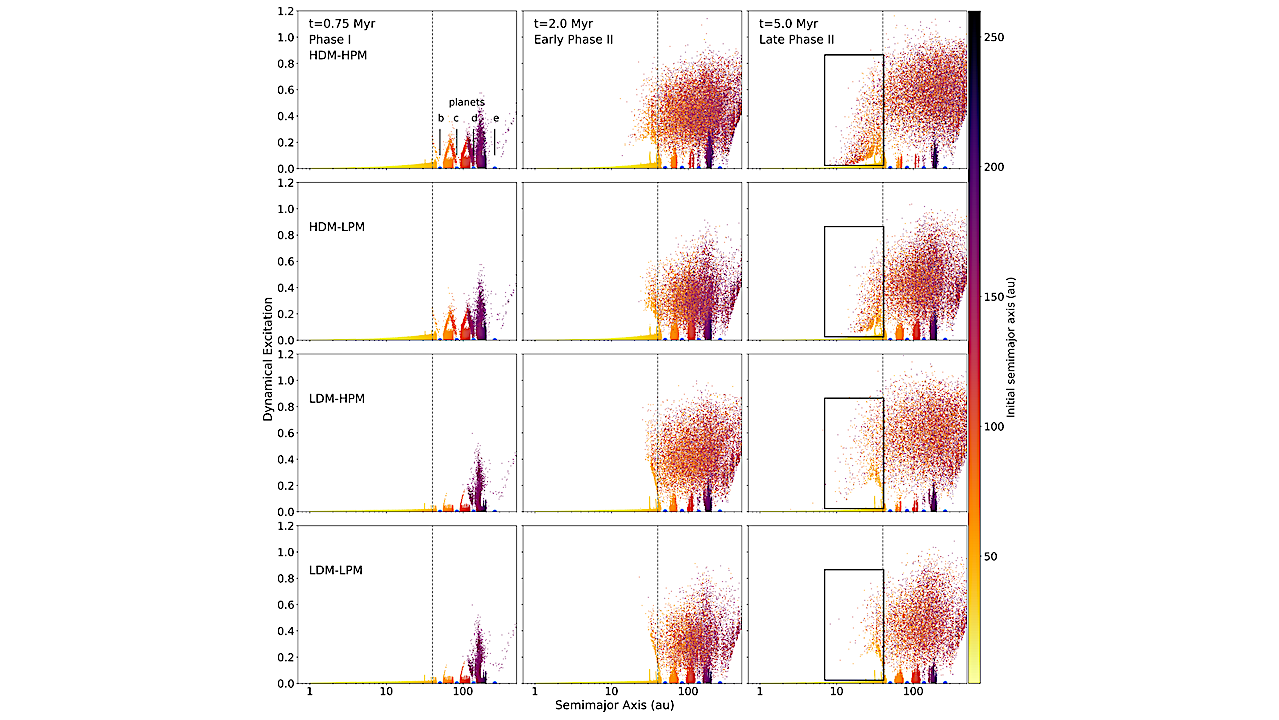
The birth of giant planets in protoplanetary disks is known to alter the structure and evolution of the disk environment, but most of our knowledge focuses on its effects on the observable gas and dust.
The impact on the evolution of the invisible planetesimal population is still limitedly studied, yet mounting evidence from the Solar System shows how the appearance of its giant planets played a key role in shaping the habitability of the terrestrial planets. We investigate the dynamical and collisional transport processes of volatile elements by planetesimals in protoplanetary disks that host young giant planets using the HD163296 system as our case study.
HD163296 is one of the best characterised protoplanetary disks that has been proposed to host at least four giant planets on wide orbits as well as a massive planetesimal disk. The formation of giant planets in the HD163296 system creates a large population of dynamically excited planetesimals, the majority of which originate from beyond the CO snowline. The excited planetesimals are both transported to the inner disk regions and scattered outward beyond the protoplanetary disk and into interstellar space.
Existing solid planets can be enriched in volatile elements to levels comparable or larger than those of the Earth, while giant planets can be enriched to the levels of Jupiter and Saturn. The formation of giant planets on wide orbits impacts the compositional evolution of protoplanetary disks and young planetary bodies on a global scale.
The collisional enrichment of the atmospheres of giant planets can alter or mask the signatures of their formation environments, but can provide independent constraints on the disk mass. Protoplanetary disks with giant planets on wide orbits prove efficient factories of interstellar objects.
D. Polychroni, D. Turrini, S. Ivanovski, F. Marzari, L. Testi, R. Politi, A. Sozzetti, J. M. Trigo-Rodriguez, S. Desidera, M. N. Drozdovskaya, S. Fonte, S. Molinari, L. Naponiello, E. Pacetti, E. Schisano, P. Simonetti, M. Zusi
Comments: 17 pages, 6 figures, 4 tables. Accepted for publication on A&A
Subjects: Earth and Planetary Astrophysics (astro-ph.EP); Astrophysics of Galaxies (astro-ph.GA)
Cite as: arXiv:2503.04669 [astro-ph.EP] (or arXiv:2503.04669v1 [astro-ph.EP] for this version)
https://doi.org/10.48550/arXiv.2503.04669
Focus to learn more
Submission history
From: Danae Polychroni
[v1] Thu, 6 Mar 2025 18:00:59 UTC (16,386 KB)
https://arxiv.org/abs/2503.04669
Astrobiology,


